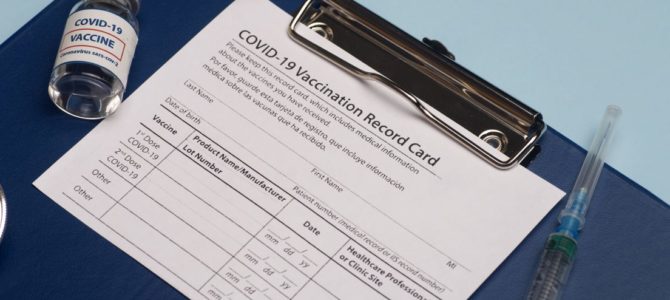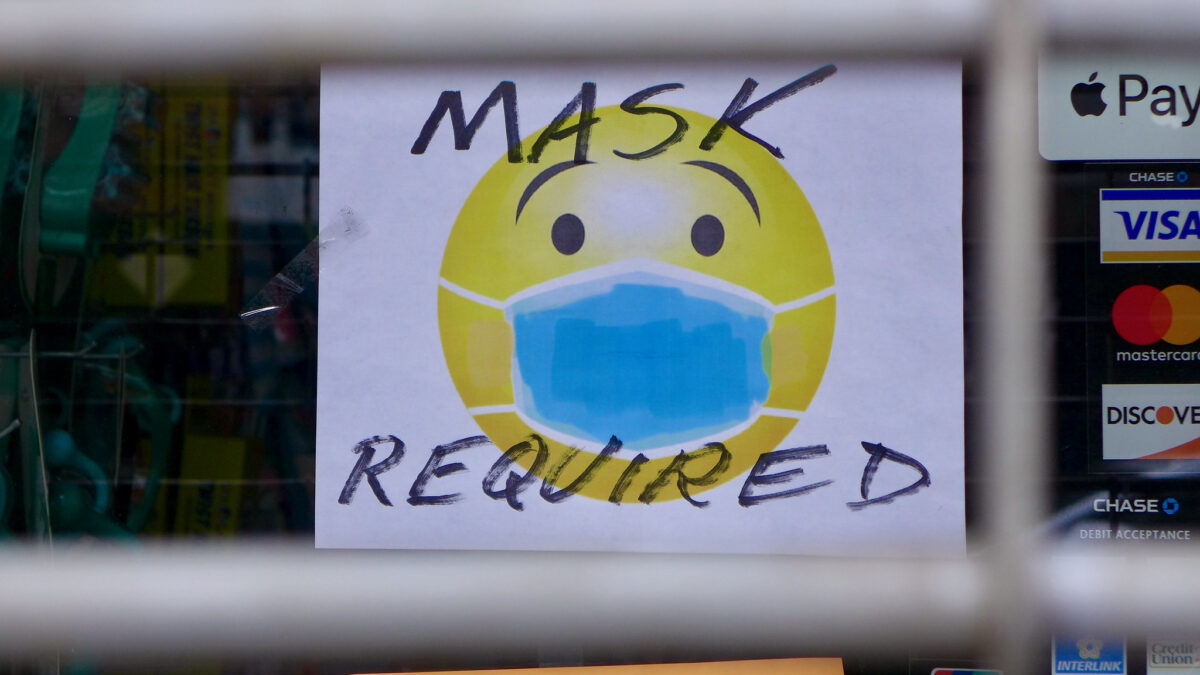
Where do matters stand now with President Joe Biden’s vaccination mandate? Its fate is uncertain.
On November 12, 2021, the U.S. Court of Appeals for the Fifth Circuit stayed the effect of the OSHA mandate pending a final ruling on its validity. But all of the appeals have been consolidated in a different appellate court, the U.S. Court of Appeals for the Sixth Circuit. OSHA later announced that it has “suspended activities related to the implementation and enforcement of the ETS pending future developments in the litigation.”
That announcement is less helpful to employers than it might seem. OSHA could ask the Sixth Circuit to vacate the stay. Plus, if the mandate is upheld, OSHA could immediately begin enforcement proceedings against anyone not then in compliance. What OSHA will do is presently unknown.
Yet one thing is perfectly clear: OSHA lacks the legal authority to force a COVID-19 vaccine on Americans who do not want it. Small wonder that more than half the states are suing to stop the Biden administration’s vaccine mandate.
Start by understanding the playing field in which this issue arises.
First, federal agencies have only the authority that Congress has granted them by statute. Agencies cannot vest themselves with additional power by issuing rules.
Second, agencies cannot undertake unauthorized action even in an emergency. As the Supreme Court explained last summer, “our system does not permit agencies to act unlawfully even in pursuit of desirable ends,” which includes “combatting the spread of the COVID-19 Delta variant.”
Third, vaccinations are materially different from personal protective equipment (PPE), like goggles, gloves, or masks. PPE offers a protective external shield to fend off harmful substances, preventing them from piercing the human skin, a shell that can be shed at the end of the workday. By contrast, vaccinations are not something we wear, they are something that is injected into our bodies to spur the immune system to generate antibody responses to pathogens. T-cells cannot be tossed into the trash at 5 p.m.
Fourth, Congress limits each agency’s authority in order to focus its responsibilities. There is no Department of Making Life Better Without Leaving Anyone Behind. Just as only physicians can diagnose disease, prescribe medication, or perform surgery, health-care agencies can only make medical decisions that Congress wants made and which are constitutionally authorized.
Fifth, Congress has trusted the Food and Drug Administration (FDA) and the Centers for Disease Control and Prevention (CDC) to regulate vaccines, yet neither agency may order the public to be vaccinated. If so, why would Congress have granted OSHA that power? If your answer is, “I can’t imagine why,” you’re on the right track.
Now, turn to the text of the Occupational Safety and Health Act (or OSH Act). It directs the labor secretary to protect employees against “toxic materials or harmful physical agents.” The act does not define those terms, so traditional principles of statutory interpretation require a reader to consult the dictionary for their meaning.
“Toxic” generally refers to “poisons,” like arsenic, while “harmful physical agents” generally does not include bacteria, which are living pathogens, or viruses, which might or might not be “living” organisms, but certainly can reproduce, unlike arsenic. In addition, pathogens like SARS-CoV-2 are “communicable” — they spread from person to person — while toxins like arsenic do not.
Moreover, a hazardous waste is a “dangerous physical agent” because it is (for example) flammable or explosive, not because it replicates inside a human. Viruses do, but they neither burn nor explode.
Moreover, the term “toxic” appears elsewhere in the OSH Act. The government must prepare a report “listing all toxic substances in industrial usage.” Viruses like SARS-CoV-2, however, are hardly “in industrial usage.” Accordingly, the most natural reading of the OSH Act does not include SARS-CoV-2 as “toxic” or a harmful physical “agent.”
Now consider how the OSH Act fits into the framework of the federal laws directly addressing viruses. The Federal Food, Drug, and Cosmetic Act (FDCA) directs the FDA to decide whether a vaccine is safe and effective for its intended use, while the Public Health Service Act empowers the CDC director to quarantine infected parties to prevent an epidemic from erupting or cabin its spread.
Neither law empowers the government to require anyone to be vaccinated or entrusts either agency with such decision-making power. That fact is important. If Congress wanted a federal agency to have that power, Congress would surely have granted it to the U.S. Food and Drug Administration or Centers for Disease Control, not OSHA, which Congress designed to address workplace hazards, not epidemics, and empowered to require employees to wear safety equipment, not receive vaccines.
Congress has always treated that issue as a responsibility for medical personnel. The Biologics Control Act of 1902 designated the surgeons general of the Army, Navy, and Marine Service as a board to issue rules governing the issuance and revocation of licenses by the Treasury secretary. Congress transferred that decision-making authority from one group of medical personnel to another in the FDCA. Congress did not grant OSHA the same responsibility in the OSH Act.









